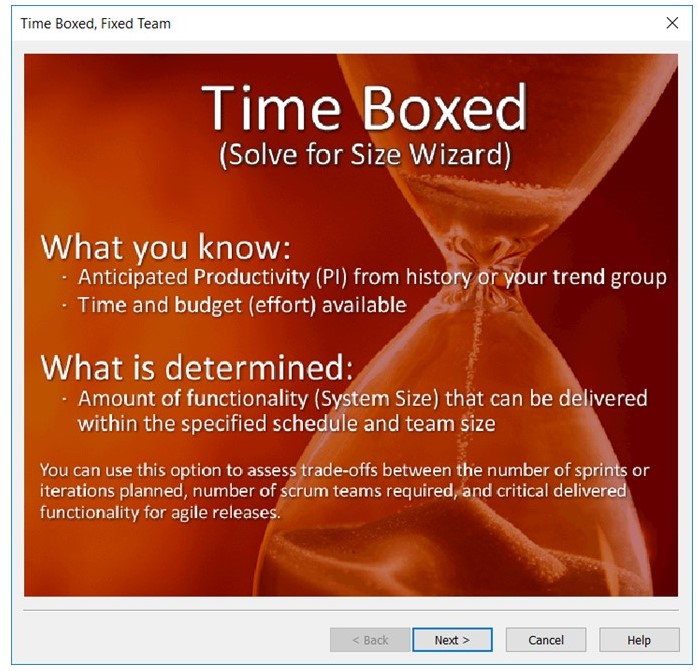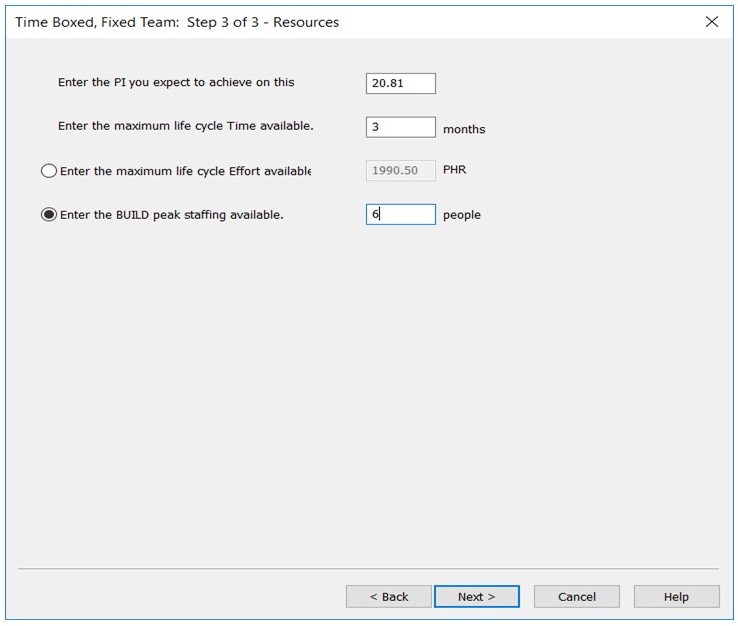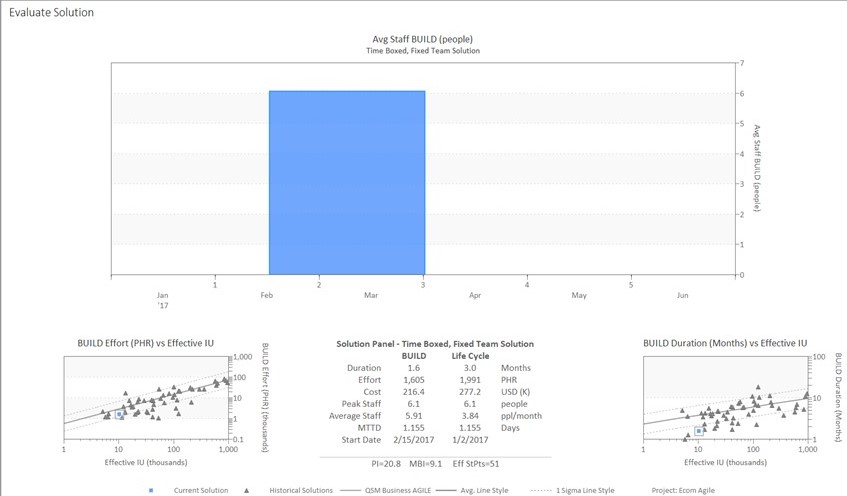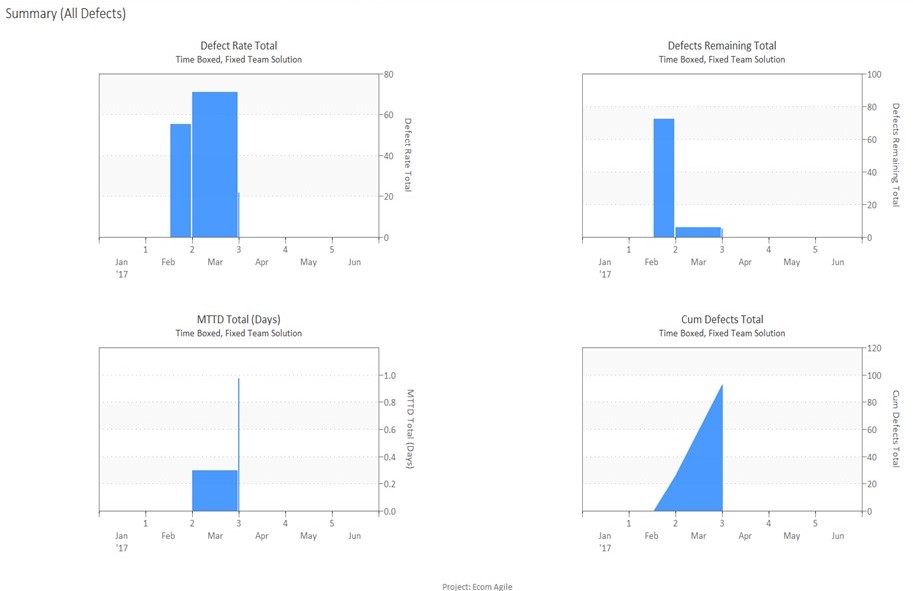In many agile environments, the budget, team size, and schedule are fixed based on an organization’s predetermined targets for sprints or iterations. This leads many project managers to question if software estimation is even necessary. The problem is, without a reliable size estimate, the amount of functionality promised within the time and money constraints could be difficult to achieve and could cause the product delivery to be short on features, or late and over budget.
This is where scope-level estimation tools come into play. They can help evaluate whether targets are reasonable and, even if the schedule and budget are both set in stone, they can help figure out how much work can be delivered. This type of analysis helps set customer expectations and provides data driven leverage for negotiations.
The best estimation tools leverage empirically-based models, industry analytics, and historical data. They can even be used before iteration level planning takes place. They ensure that the overall goals are reasonable before detailed plans are developed.
In the three views below, we see an estimate generated from a “Time Boxed” method. This is where the product manager was able to input the predetermined time, a productivity measure (PI), and a team size, to see how many story points could be completed within the set constraints. The analysis also includes a “sanity check” of the estimate, comparing it to an agile industry trend from the QSM Industry Database and their own agile historical data.



In addition to making sure cost and schedule targets are reasonable, an estimate can also be generated showing how reliable the system will be at delivery. The defect information below was generated from the same “time boxed” method shown above.

Overall, leveraging this type of data driven approach provides the ability to see the “big picture” early in the planning process so that unrealistic schedules and budgets can be avoided. And when those initial schedules and budgets are fixed, the amount of work can be negotiated within the set parameters with a focus on quality and the ability to avoid big frustration down the road.
